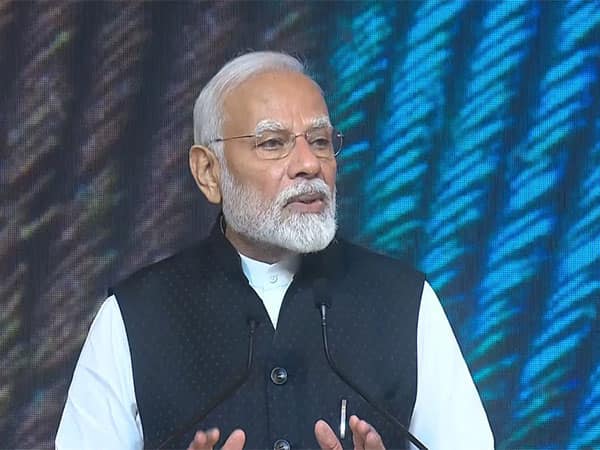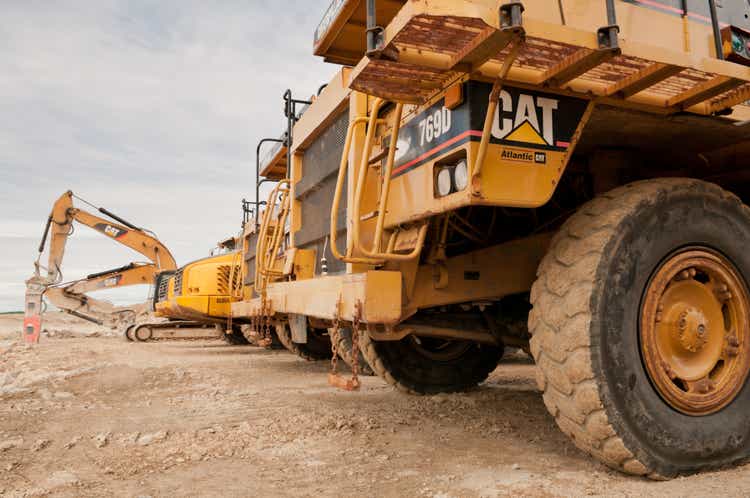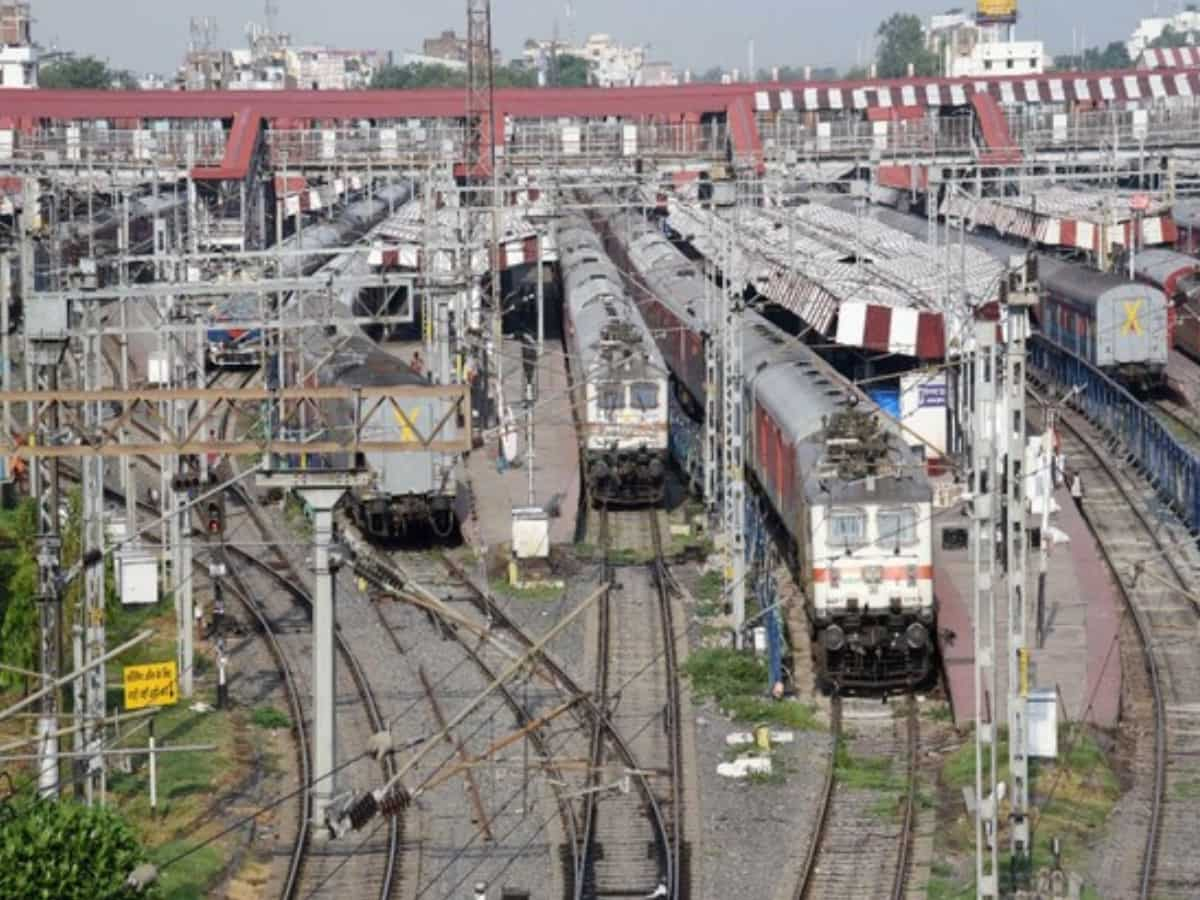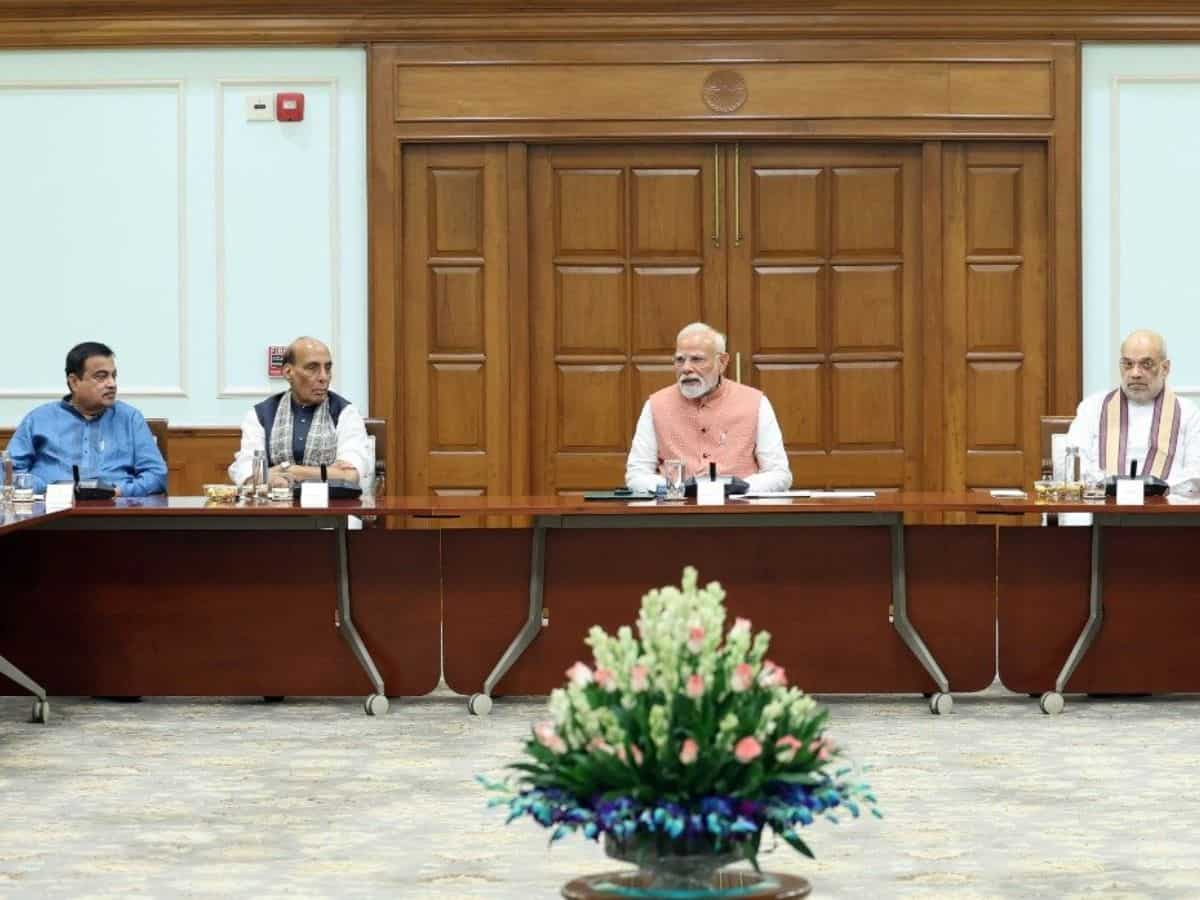The Indian Air Force’s iconic MiG-21 fighter jets, which have been at the core of India’s combat fleet for over six decades, made their final operational flights at the Nal Air Force Station in Bikaner on August 18-19. The formal retirement ceremony will be held in Chandigarh on September 26.
In a symbolic gesture, Air Chief Marshal A P Singh flew solo sorties of the MiG-21, marking a poignant farewell to the Russian-origin jet that served the IAF for 62 years.
Speaking after his sortie, the Air Chief recalled his first experience flying the MiG-21 in 1985. “It was agile, highly maneuverable, and simple in design. An amazing aircraft to fly, it will be missed by all who flew it,” he said.
Highlighting its capabilities as an interceptor, he added, “At maximum reheat, it could climb more than 250 metres per second. But technology has moved on, and it is now time to transition to new platforms such as Tejas, Rafales and Su-30s.”
Air Chief Marshal Singh noted that the indigenous Tejas was designed as the MiG-21’s replacement. “Tejas will evolve with newer weapons and variants. With 83 jets already contracted and more expected, it will gradually take over the role,” he said.
IAF spokesperson Wing Commander Jaideep Singh recalled the MiG-21’s legacy in combat. The aircraft played key roles in the 1965 and 1971 wars, most notably in the attack on the governor’s residence in Dhaka, which hastened Pakistan’s surrender in December 1971. It later saw action in the 1999 Kargil conflict and was in the spotlight again in 2019 after downing a Pakistani F-16.
Over the years, the MiG-21 underwent several upgrades, the latest being the Bison version with advanced avionics and radar. The IAF still operates two squadrons, which will be retired next month.
The official farewell in Chandigarh—where the MiG-21 was first inducted in 1963—will mark the end of an era in India’s air power history.

 1 hour ago
1
1 hour ago
1



















 English (US) ·
English (US) ·